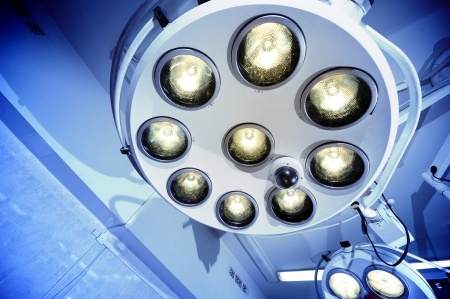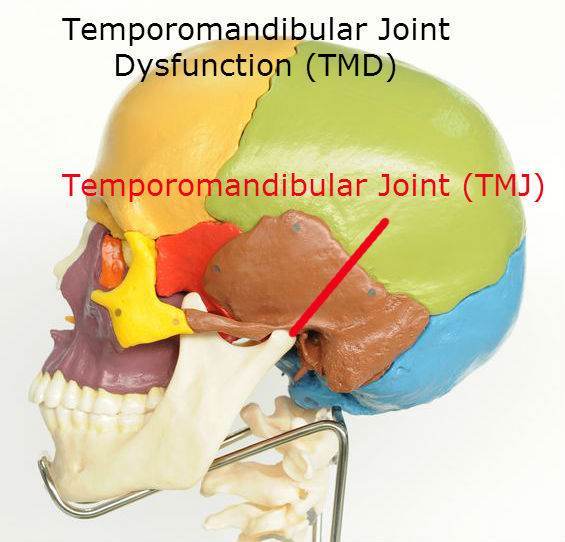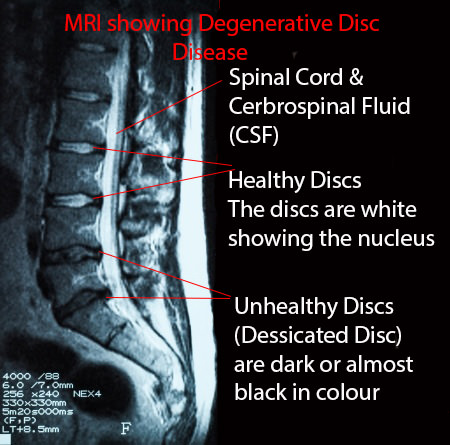Lower Back Surgery: Measuring Its Success

Failed Back Surgery Syndrome: Should You Take the Plunge?
Considering lower back surgery? Before going under the knife, let’s explore when surgery is truly necessary and alternative options you might not have considered. Failed back surgery syndrome is common and should be considered especially where private medicine is present like the USA and the UK where making money may lead surgeons to keep their best interests as opposed to the best interests of the patient.
The Good & Ugly About Acute Low Back Pain
Red Flags for Surgery: When It’s Time to Talk Scalpel
Not all back pain warrants surgery. Certain red flags indicate it could be your best bet:
- Unrelenting pain: You’ve tried conservative methods like Chiropractic and physical therapy and medication for at least 3 months with minimal improvement.
- Neurological issues: You experience weakness, numbness, or tingling radiating down your leg (sciatica), impacting daily life.
- Cauda equina syndrome: This emergency involves severe weakness, saddle anaesthesia, and bowel/bladder dysfunction. Call 911 immediately!
When Less is More: Exploring Conservative Care: Failed Back Surgery Syndrome
Before jumping to surgery, consider these effective non-surgical options:
- Physical therapy: Strengthens muscles, improves flexibility, and reduces pain.
- Nonsteroidal anti-inflammatory drugs (NSAIDs): Alleviate pain and inflammation.
- Epidural steroid injections: Injecting corticosteroids directly into the epidural space can offer temporary pain relief.
- Cognitive behavioural therapy (CBT): Helps manage pain and improve coping mechanisms.
Failed Back Surgery Syndrome: The Reality Check
Surgery isn’t a magic bullet. Failed Back Surgery Syndrome (FBSS), with recurring or persistent pain, affects 10-50% of patients even after surgery. [1]
Be aware of the risks:
- Microdiscectomy: Failure rate of 19-25% [2].
- Lumbar fusion: Failure rate of 30-46% [2].
- Laminectomy: Offers similar results to conservative care after two years [2].
Remember: Surgery is a major decision. Carefully weigh the risks and benefits, explore all options, and consult with a qualified healthcare professional to make the best choice for your unique situation.

Advantages of Surgery
Why would you consider laminectomy surgery, then? There is one significant advantage: speed. Individuals who undergo laminectomy surgery tend to recover faster. However, for the majority, opting for conservative care is advised since it doesn’t result in permanent changes to the spine.
Nonetheless, if facing the loss of your job or having no income for an extended period, the risks of surgery might seem worth considering. The choice partly rests with the individual, influenced by their unique situation.
Your Perception Of Back Surgery
Your perception of pain also significantly influences this decision. If you perceive your pain as unbearable, you might lean more towards surgery. Yet, most surgeons recommend at least 6-12 months of conservative care before surgery, considering it the ethical approach. Should you not meet the surgery criteria listed below, and your surgeon recommends surgery without a minimum of six months of conservative care, this should serve as a cautionary signal.
Fix Winged Scapula: Strengthen Your Serratus Anterior | Part 2
Criteria for Back Surgery
- Progressive muscle wasting or weakness.
- Cauda Equina Syndrome is characterized by the loss of bowel or bladder function.
- A higher success rate in microdiscectomy surgeries for disc herniations that are 8mm or larger. Disc herniations smaller than 8mm typically have a much lower success rate.
- Failure to progress after 6-12 months of conservative therapy. If conservative therapy is helping, it’s advisable to stick with it. This includes treatments like chiropractic care, rehabilitation, stabilization exercises, acupuncture, traction, McKenzie exercises, and physical therapy.
Factors Leading to Failed Back Surgery Syndrome
Pre-Surgery Considerations
- Existing Workers’ compensation claims related to your lower back.
- Ongoing legal cases concerning your lower back.
- A history of disc surgery, after which approximately 12% of patients develop spinal instability.
- Psychological conditions such as depression, anxiety, hypochondriasis, and somatization.
- Unexplained abnormal findings in X-rays, MRI, or CAT scans that do not correlate with your pain symptoms.
Decision-Making and Ethical Considerations
- The ethical importance of exhausting conservative care options before surgery.
- The individual’s role in deciding to undergo surgery is based on personal circumstances and pain perception.
- The significance of being informed about the potential red flags and ethical considerations when surgery is recommended prematurely.
Understanding Conservative Care
- A detailed overview of conservative care options and their benefits.
- The importance of a tailored conservative care plan based on individual needs and progress.
- Insights into why conservative care is recommended as the first line of treatment for most spinal conditions.
This expanded structure introduces additional subtitles to provide more depth on decision-making, ethical considerations, and an understanding of conservative care, thus enhancing the overall clarity and comprehensiveness of the information.

Failed Back Surgery Syndrome: What Can Go Wrong
1. During Back Surgery
- Operating on the wrong disc.
- The surgeon didn’t take enough pressure off your disc.
- The surgeon trying to take too much pressure off the disc making the spine unstable.
- Degenerative Disc Disease- Smaller disc height. This is harder to
- Unidentified pathology: eg. disc parts in the foramen (opening or tunnel for the nerve) or nerve root compression by the vertebral joints called facets as surgeons usually don’t operate on the facets.
- Battered Root Syndrome: You have sciatica that didn’t completely go away or nerve problems like sciatica or weakness that get worse 3-6 months after surgery.
- Surgeon fractures your vertebrae: Usually the pars interarticularis.
2. After Back Surgery
- Prolonged retraction: When a surgeon operates to get to the disc there is a thick layer of muscle that covers the vertebrae. Your muscle has to be cut and pulled out of the way and held there with a clamp. That is called retraction.
- Myofascial pain: Myofascial refers to muscles. It is common for your muscles to hurt after surgery.
- Surgical Scars: Surgical scars can lead to pain through two main mechanisms: nociceptive and neuropathic pain. Nociceptive pain arises from damage to tissues, for instance, when hypersensitive scar tissue causes discomfort. On the other hand, neuropathic pain occurs when the nerves themselves are damaged. This type of pain manifests when nerves adhere to other tissues, leading to pain originating directly from the nerve. An example of neuropathic pain is sciatica, which can develop months after surgery as a result of scar tissue attaching to the sciatic nerve.
3. Complications Of Back Surgery
- Infection or hematoma which is a blood clot in tissue.
- Non-fusion: The surgeon fused the joint but the fusion was unsuccessful leading to a pseudoathritis: Arthritis between two bones that failed to fuse.
- Pseudomenigocele: The outer covering of your spinal cord fails to heal properly. You can get wound swelling, headaches radicular pain or cauda equina. Headaches get intense when going from a lying down position to standing.
- Arachnoiditis: Spinal or thigh/leg pain: This is inflammation of one of the outer covering of the spinal cord.
- Changes in spinal Stability: Your vertebrae and joints take more pressure after discectomy. [4-6]
- Epidural fibrosis: Surgery causes scar tissue to form. Your nerve gets stuck with scar tissue to adjacent tissue causing pain. This can also interfere with fluid circulation.
4. Failed Back Surgery Syndrome
Failed Back Surgery Syndrome FBBS is very common. I treat dozens of people with FBSS here in downtown Toronto. Sometimes the surgery fails right from the beginning, while others feel worse after 6 months. Some are better and some are worse compared to their pain before surgery. The key is to do conservative therapy for at least 6-12 months before even considering surgery.
Feel free to share your questions, thoughts and experiences in the comments below, and don’t forget to connect with us on Facebook for more updates and tips on improving your shoulder health. We’d love to hear your opinions on who you consider the best Toronto chiropractor.
Research
1. Chan C, Peng P. Failed back surgery syndrome. Pain Med 2011; 12: 577–606.
2. Shapiro CM, Failed Back Surgery Syndrome: Pitfalls Surrounding Evaluation and Treatment, Physical Medicine & Rehabilitation Clinics of North America 2014; 24: 319-340.
3. Fokter SK, Yerby SA. Patient-based outcomes for the operative treatment of degenerative lumbar spinal stenosis. Eur Spine J 2006; 15: 1661–9.
4. Kumar MN, Baklanov A, Chopin D. Correlation between sagittal plane changes and adjacent level degeneration following lumbar spine fusion. Eur Spine J 2001; 10: 314–9.
5. Onesti ST. Failed back syndrome. Neurologist 2004; 10: 259–64.
6. Ivanov AA, Kiapour MS, Ebraheim NA, et al. Lumbar fusion leads to increases in angular motion and stress across the sacroiliac joint. Spine 2009; 34(5): E162–9.








